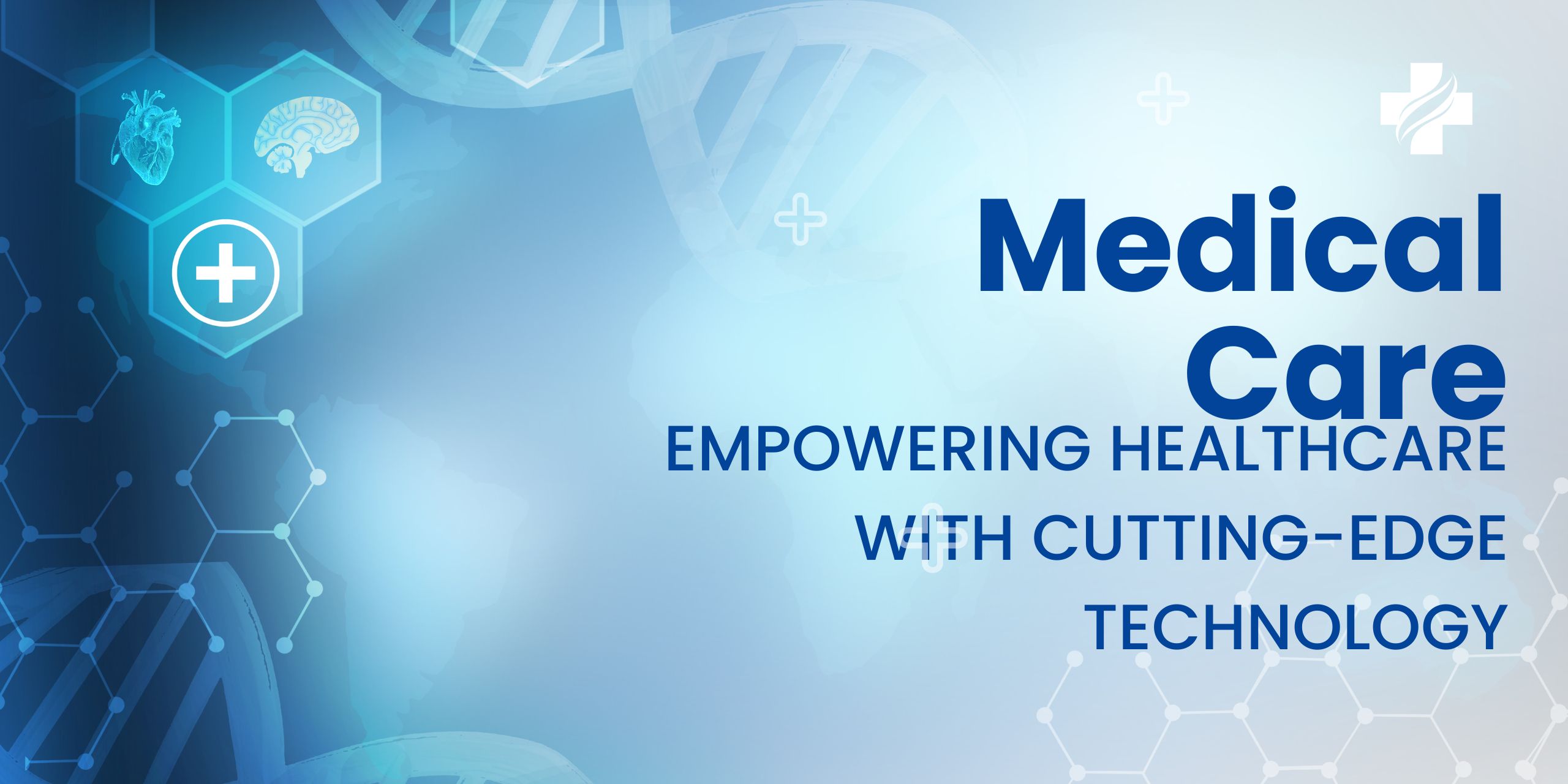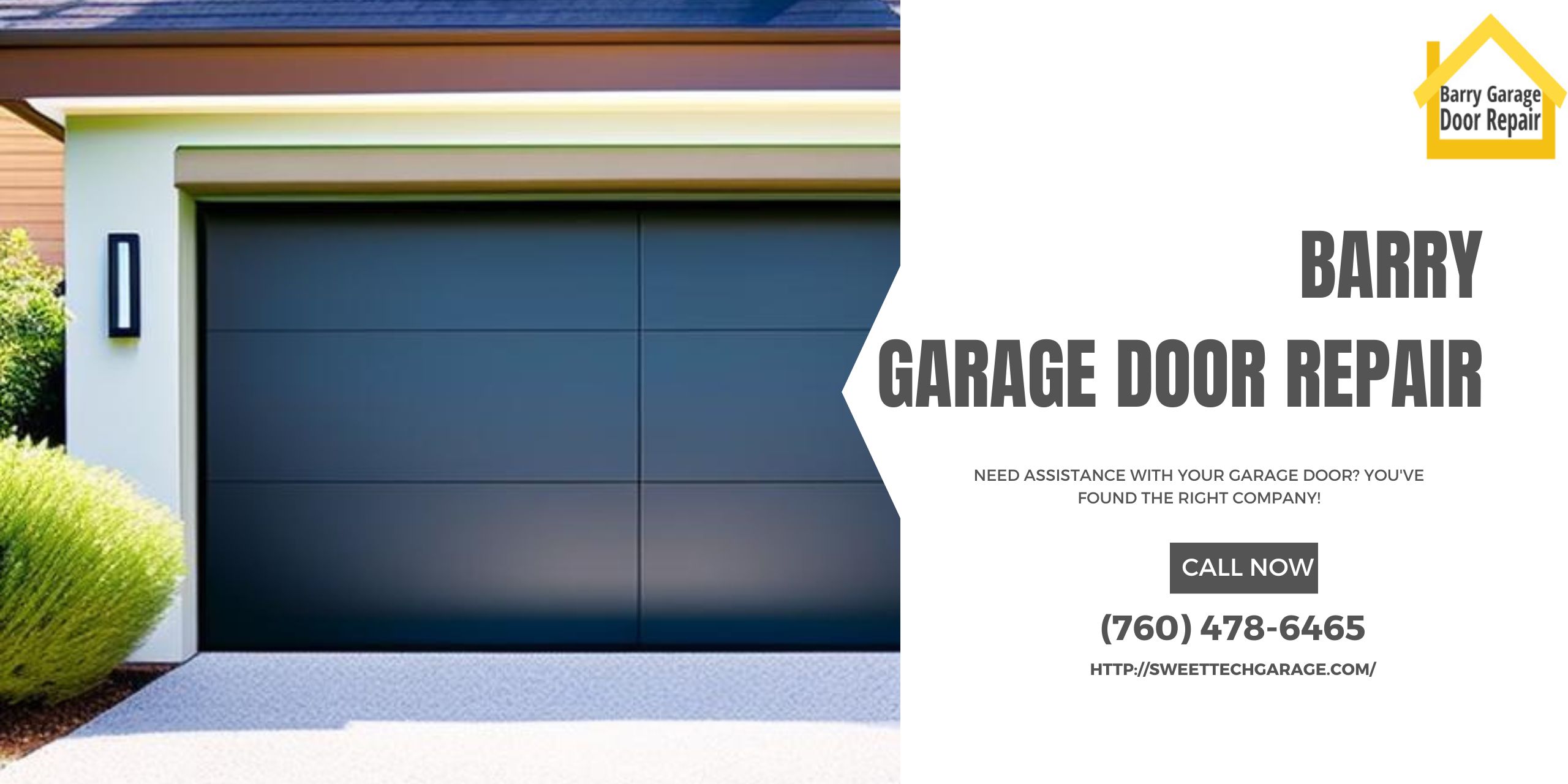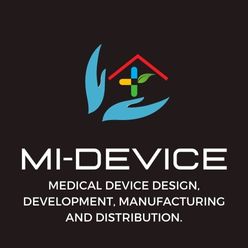There are many ways to enhance the way we go about living our everyday lives thanks to the development of technology. The fields of telemedicine and garage door technology have both made major strides in recent years. Although at first look they may appear unrelated, there is a creative intersection between the two that has the potential to enhance home automation and security. In this piece, we’ll examine the development of telegarage as well as the advantages and drawbacks of fusing garage door and medical technologies.
Our homes are no exception to the increasingly connected globe. With a broad variety of devices and appliances that can be controlled directly via the internet, smart homes have gained popularity in recent years. However, new and exciting possibilities for home automation and security are presented by the integration of medical and garage door technologies. We can make our homes better and more productive by combining the two.
The Development of Telemedicine
Telemedicine is the distant provision of medical services made possible by technological advancements. Recent years have seen a rise in its popularity, with the worldwide pandemic hastening its uptake. Numerous advantages come with telemedicine, including improved accessibility to healthcare services for residents of remote locations, decreased healthcare expenses, and improved patient convenience. With improvements in remote monitoring, video conferencing, and telehealth devices, medical technology has been instrumental in allowing telemedicine.

However, there are some difficulties with telemedicine. In addition to privacy issues, some patients might not have access to the required technology or internet connectivity.
The Development of Telegarage
By fusing garage door and medical technology, telegarage is a logical progression of telemedicine that boosts house automation and security. Telegarage makes it possible for homeowners to remotely watch and manage garage doors, which can increase convenience and accessibility. A further measure of security can be added by incorporating medical sensors in garage doors, which can offer real-time monitoring of dangers like carbon monoxide.
Maintenance on garage doors may also have advantages. Telegarage can identify problems before they become serious ones, enabling prompt repairs and lower maintenance costs. In order to keep garage doors in top shape, homeowners can also get alerts when maintenance is required.
Implementing telegarage, however, is not without difficulties and restrictions. As with any internet-connected device, security and privacy issues are a problem. In addition, some homeowners might find the expense of installing telegarage to be a barrier. Need an expert to install a garage door for you? Check out this garage door repair service.
Innovative Uses of Garage Door and Medical Technology
Numerous cutting-edge applications for house automation and security are made possible by the combination of medical and garage door technologies. To allow seamless control of garage doors, lights, and other devices, for instance, telegarage technology can be incorporated with smart home technology. Other dangers, like poor air quality and temperature, can be detected by medical devices that can be incorporated into garage doors.
For aging or disabled people who might have trouble opening their garage doors, telegarage can be helpful. They may be able to operate their garage doors remotely, increasing accessibility and freedom, by doing so without having to physically engage with them.
Challenges and Things to Think About
When implementing telegarage, there are issues and difficulties to take into account, just like with any new technology. Users’ data must be protected by suitable safeguards that take security and privacy concerns seriously. Additionally, some homeowners might find the expense of installing telegarage to be a deterrent, though costs are probably going to go down as technology develops and becomes more accessible.

The ethical ramifications of combining medicinal and garage door technology must also be taken into account. Similar to telemedicine, patient security and privacy must come first when using medical technology in telegarage.
The Future of Telemedicine and Healthcare
Technology
With numerous potential applications and advantages for both the healthcare and home automation sectors, the future of telegarage and medical technology integration is bright. To build a complete and interconnected home automation system, for instance, telegarage can be linked to other internet-of-things devices like smart thermostats and security systems.
Additionally, garage door openers can incorporate medical technology, making them able to watch a person’s vital signs if they have a chronic illness. This enables more proactive and individualized healthcare by enabling real-time tracking of heart rate, blood pressure, and other health indicators.
Aside from that, telegarage can be helpful in dire circumstances like medical emergencies or natural catastrophes. Remote garage door entry enables emergency personnel to enter a house with ease and safety.
In conclusion, the combination of garage door and medical technology represents a fresh and cutting-edge method of home automation and protection. Numerous advantages, such as enhanced accessibility, comfort, and safety, are possible with telegarage. However, it is crucial to take into account the difficulties and limitations of telegarage implementation, such as private and security issues. With numerous potential applications and advantages for both the healthcare and home automation sectors, the future of telegarage and medical technology integration is exciting. We can anticipate seeing even more creative solutions that enhance the way we go about living our everyday lives as these technologies continue to develop and improve.
